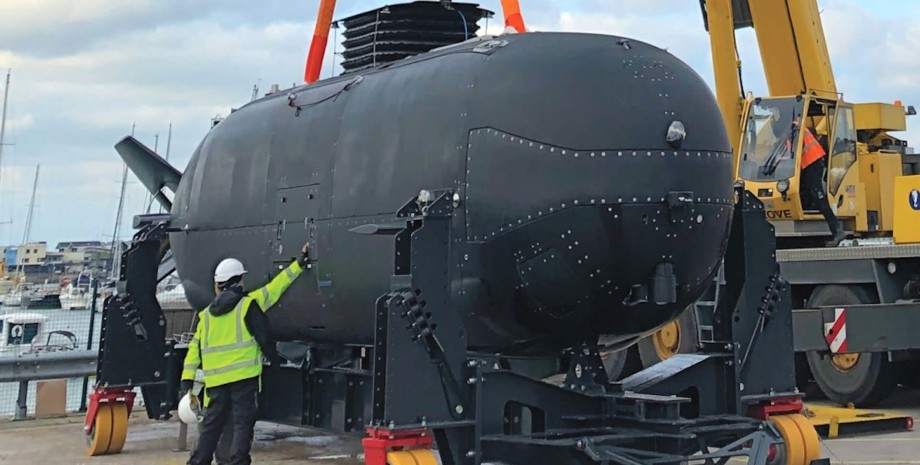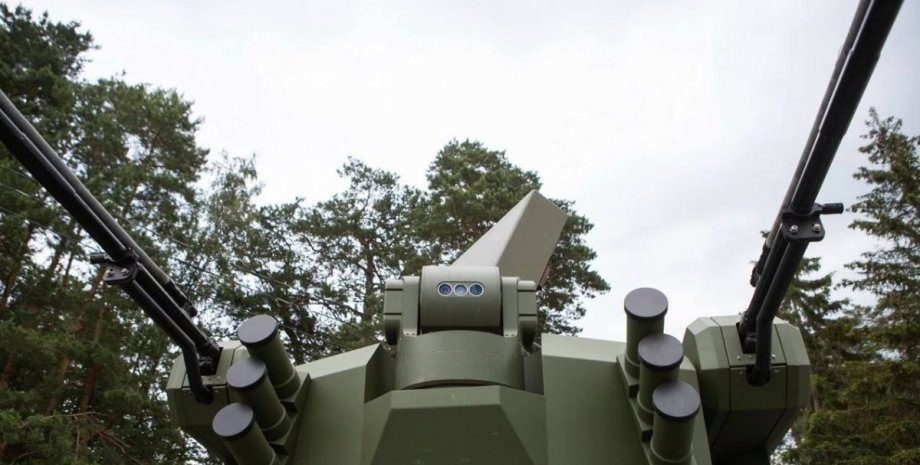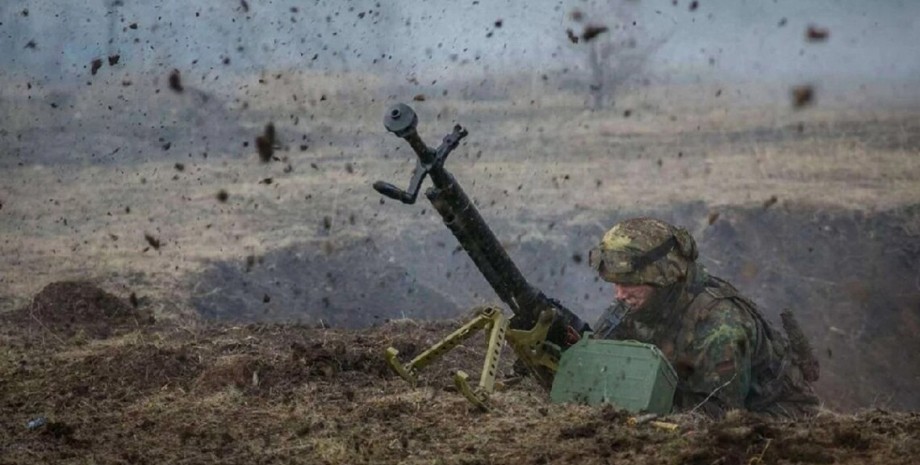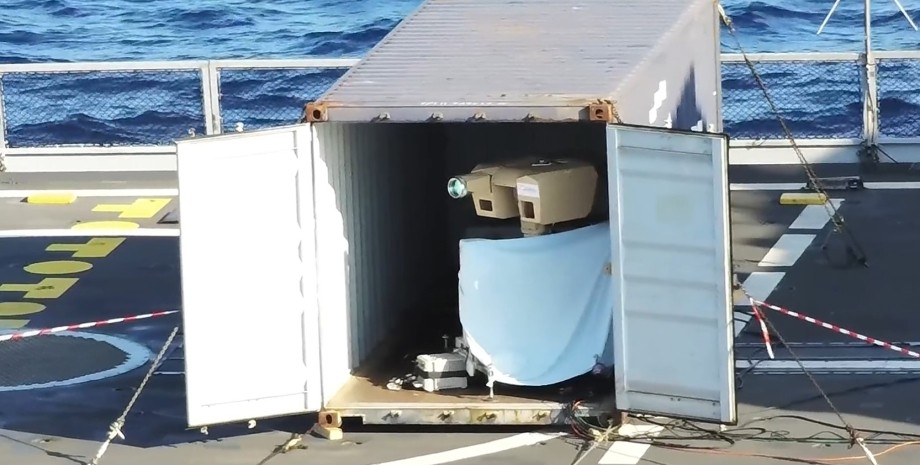
 By Eliza Popova
By Eliza Popova
The DCS mini-submarine was created by Lockheed Martin based on the British sample S351 Nemesis from Msubs. In 2016, the MSUBS and Lockheed Martin leadership decision was made to work together to work on the DCS project and construction. Although the full DCS characteristics are not disclosed, some information is available on the basis of S351. The submarine weighing 30 tons and 12 meters long is able to dive to a depth of 100 meters.
The submarine is equipped with a fully electric power plant, can overcome 122 kilometers at a speed of about 5 knots (up to 10 km per hour). The device can carry a crew of two people with an additional place for eight passengers or equivalent load (up to about 1 ton). The peculiarity of the development is that thanks to the built -in gateway chamber, the crew can overcome long distances in cold waters, remaining completely dry.
But even in the tropical climate, the boat will be useful because it allows the military to avoid detection while at great depths in a protected space. This is favorably distinguished from the "wet" SDV, where the crew is exposed to the elements all the time. In general, a similar DCS mini-submarine enables the US special operations, especially elite units of "sea seals", to land ashore from a submarine, even underwater, or evacuated from the area.
Such opportunities are especially valuable for various operations, especially those that are conducted in the rear of the enemy. The Lockheed Martin has admitted that joint efforts managed to overcome the technical problem facing the designers for 15 years. Earlier it was reported that this summer in the Russian Federation are going to conduct the first tests of nuclear maritime drone "Poseidon", which is actually a nuclear torpedo. The carrier will use the Belgorod atomic submarine.










All rights reserved IN-Ukraine.info - 2022